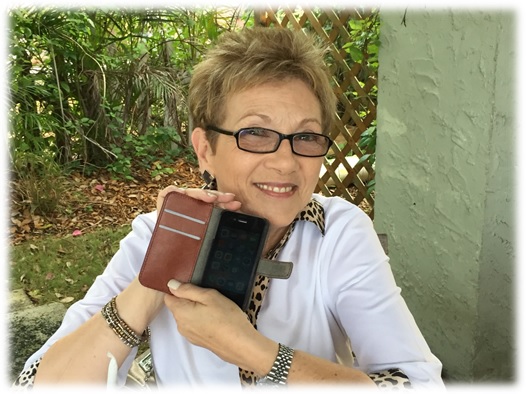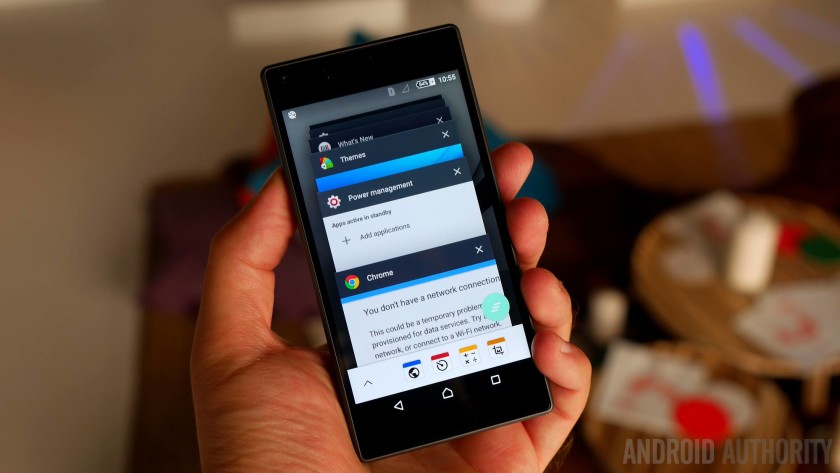
As 2016 rolls on, I continue to see clear cut signs that we are entering a new period in media and technology. The revolution has slowed down. We’re now in a period where it’s about how these tools will be used and what they contribute to our lives.
We’re entering a point where the vast majority of people are online, own a mobile device, and have a social media profile. People who have managed to not participate in these activities – that is, stay off the grid – are dwindling or dying.
This realization hit home for me recently when my wife’s Auntie Mitzi mistakenly tried to Facetime me on her iPhone. Up to this point, this smart 74 year-old woman had been walking around with a flip phone, and has managed to avoid social media entirely. Her acquiescence into the world of smartphones is a signal to me that even the tech laggards are throwing in their analog towels and joining the rest of the mobile revolution.
I have spoken with many clients and associates over the past few months about where digital media is headed and how we should be preparing for the future. Autonomous cars, virtual reality, the Internet of Things, and other innovations have all been discussed in this blog, especially in the weeks following the Consumer Electronics Show early in January.
As a grizzled veteran of seven consecutive CES events, it seems very apparent that we’re headed toward a period of slowing down. That is, consumers now have the basic tools, toys, gadgets, and  distribution outlets. Now the question is how will media content creators, tech companies, and other players in the space devise meaningful ways in which they can be put to use.
distribution outlets. Now the question is how will media content creators, tech companies, and other players in the space devise meaningful ways in which they can be put to use.
The analysts at J. Walter Thompson Intelligence framed it well after CES:
“From entertainment to the smart home, advances this year were incremental rather than revolutionary. Trends manifested themselves not as new product categories, but as subtle shifts in existing fields.”
But don’t take it from them. You can see this in our Techsurvey12 data that was recently presented to our stakeholders stations. Yes, there are changes from year to year. Smartphone and tablet ownership continue to proliferate. (Right, Auntie Mitzi?) Connected televisions have had a growth spurt since 2015, and we’re finally beginning to see podcasting moving in a northward direction.
In the main, however, change has been slow because the hockey stick growth we witnessed just a few short years ago in mobile and social could not possibly continue their steep trajectories. You get that sense that Apple is thinking along those lines with the release of their new smaller SE line of iPhones. This new entry isn’t very “new.” It’s simply a smaller, more compact iPhone, perhaps more convenient to use for mobile purchases. Yes, it boasts  stronger battery life, a great camera, and a better price. But if you’re thinking “baby steps,” you’ve got it right.
stronger battery life, a great camera, and a better price. But if you’re thinking “baby steps,” you’ve got it right.
It’s another indicator that it’s time to focus on giving consumers a great user experience. They have their arsenal of gadgets, they’ve downloaded their apps, and they’re signed up on their preferred social sites. Now it’s a matter of providing first-notch experiences to consumers who are rapidly making swift judgments about what’s good and what’s bad. It’s now all about the UX.
For radio operators, it means the stage has been set. The debate about whether mobile will become the next big thing or if social media really matters is moot. It simply is.
Now the challenge revolves around how stations and the companies that own them will research, plan, and develop assets and content to meet the shifting culture that is all around us.
In fact, radio’s reach is a distinct advantage, giving the medium the ability to get the word out about its websites, its apps, its social media pages, its podcasts, and other assets. Making sure these products, services, and experiences meet consumer expectations is what it’s now all about. Radio executives have made a really nice living over these past many decades by doing it their way. It’s time to put the consumer in focus and create a seamless, simple, and satisfying UX.
On that, Auntie Mitzi would most certainly agree.
Today I’m presenting topline findings from Techsurvey12, a study comprised of nearly 40,000 respondents contributed by 245 stations across North America, at the Worldwide Radio Summit in L.A. Hope to see you there.
- Why “Dance With Those Who Brung You” Should Be Radio’s Operating Philosophy In 2025 - April 29, 2025
- The Exponential Value of Nurturing Radio Superfans - April 28, 2025
- What To Do If Your Radio Station Goes Through A Midlife Crisis - April 25, 2025




Leave a Reply